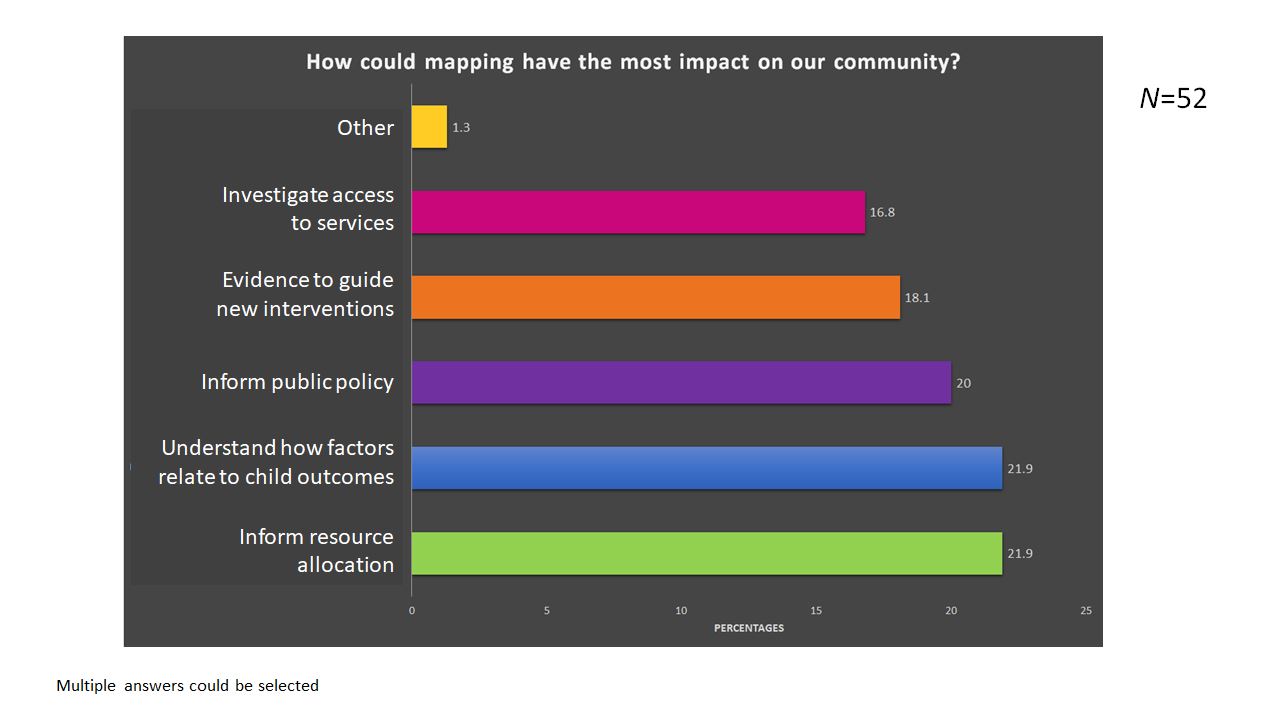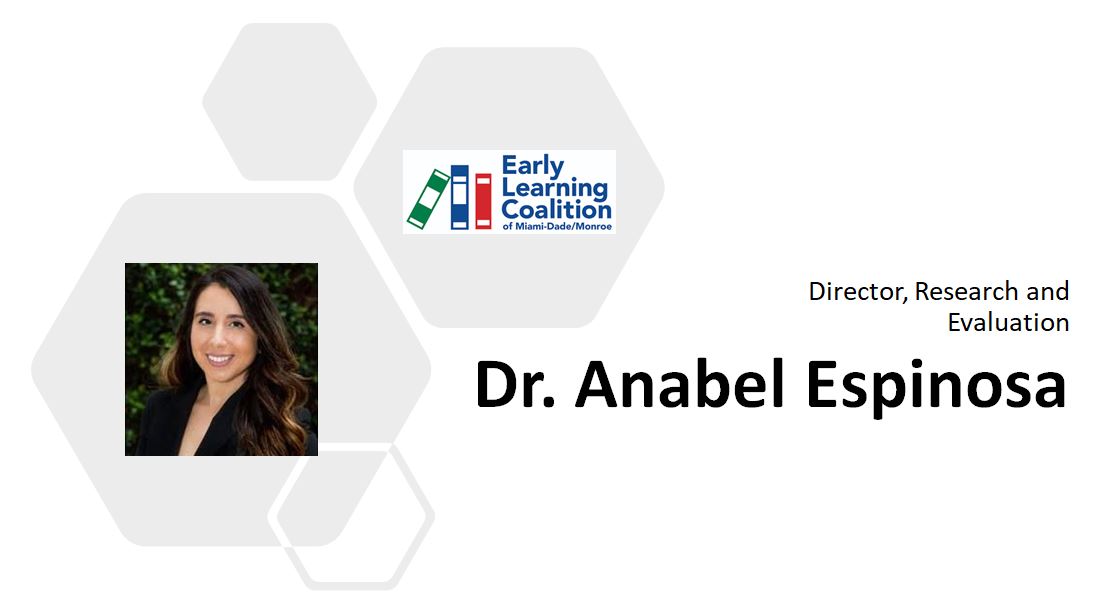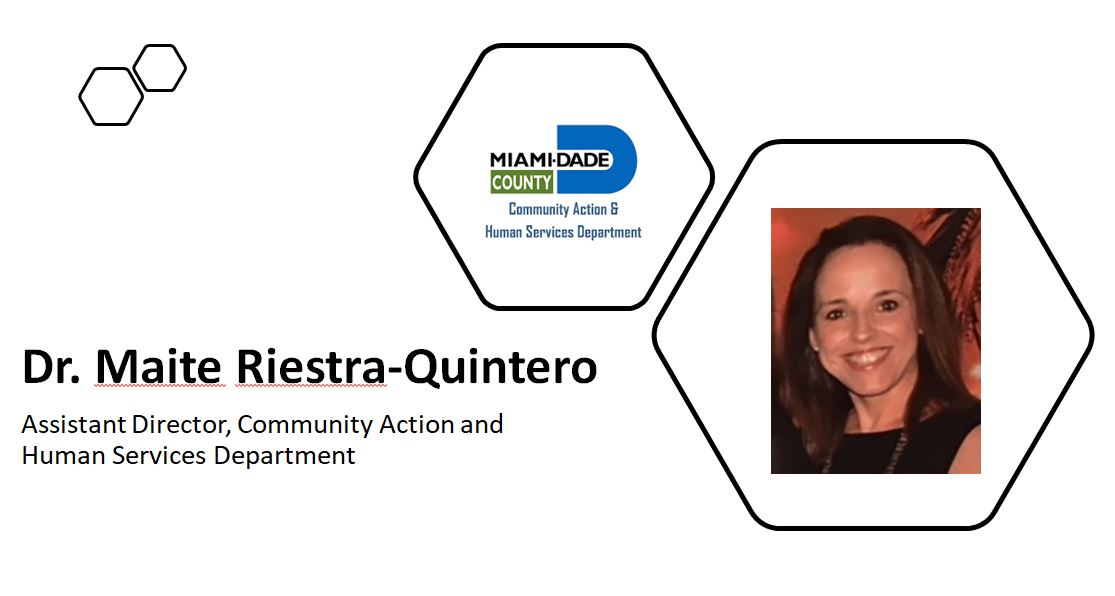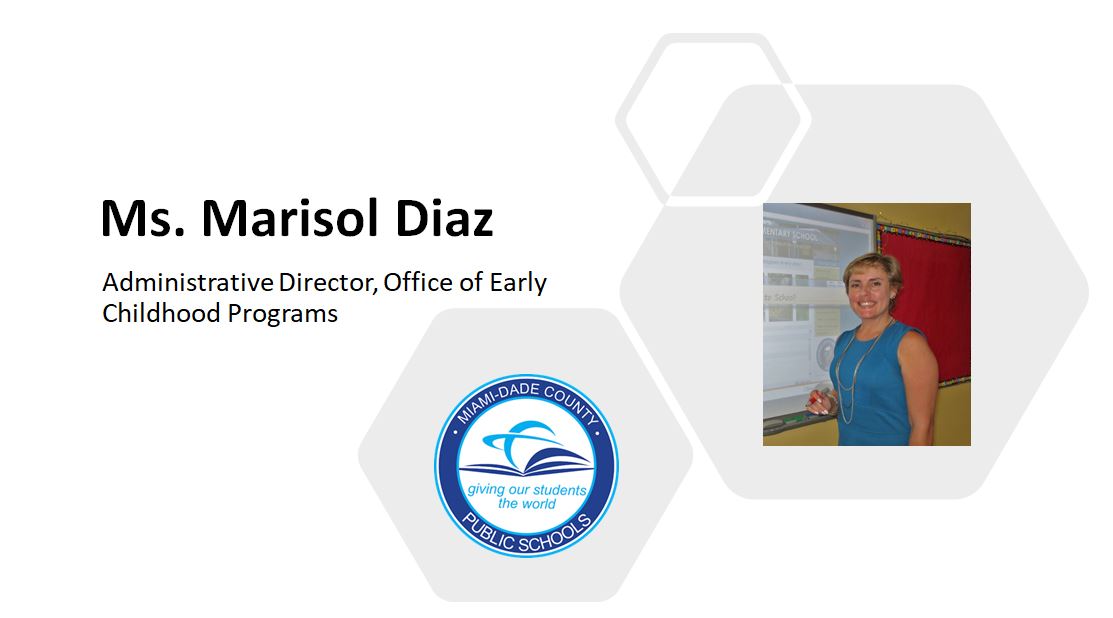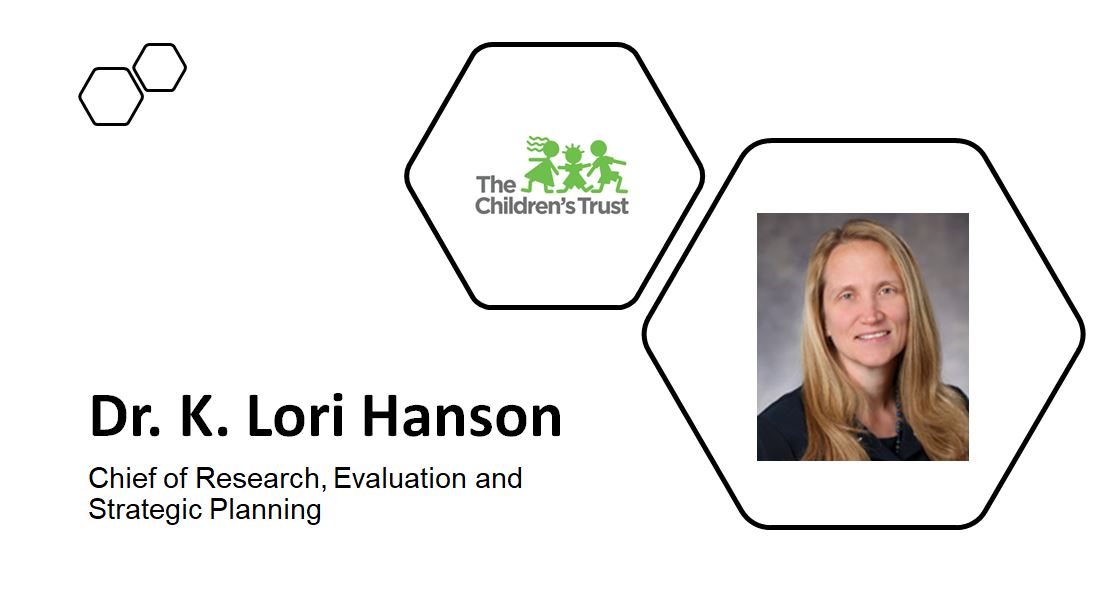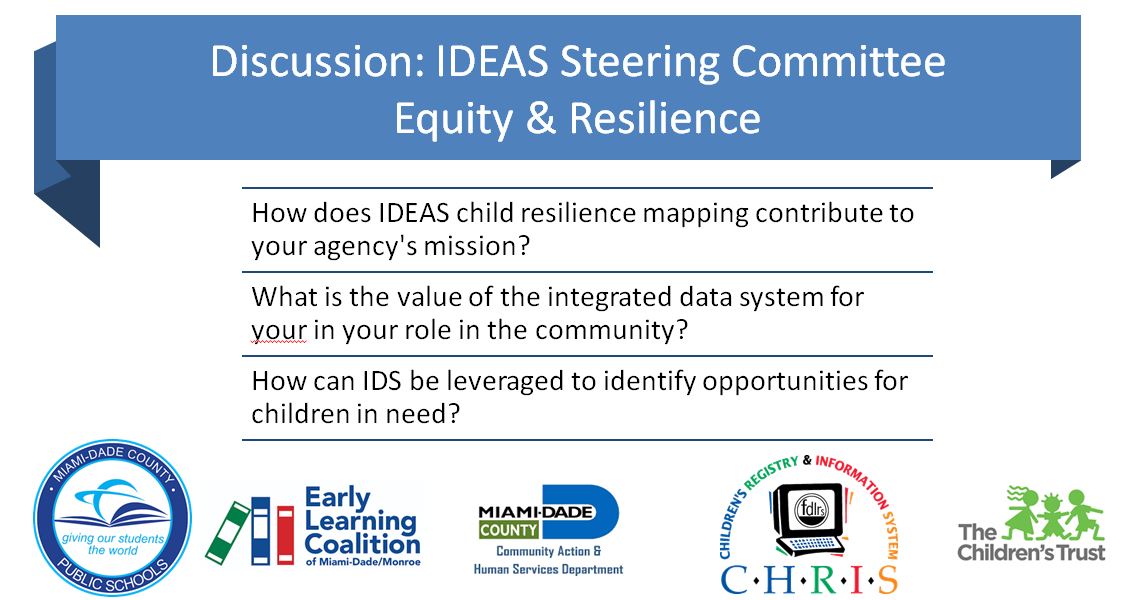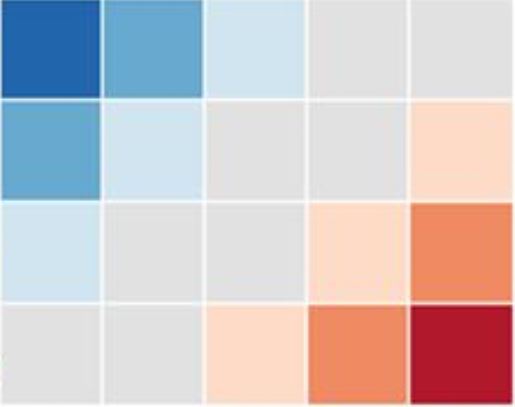Equity and resilience mapping with integrated data:
Aligning early childhood needs, resources, and policies
A diverse group of 130 early childhood experts in Miami-Dade County, from community agencies to interdisciplinary researchers and leading provider systems, convened in 2020 to review new mapping of neighborhood risks and child resilience. The new resillence measure highlighted census tracts in Little Havana and Little Haiti where children are doing better than expected.
The presentation continues to be relevant as we remain focused on equity, key factors, and developing evidence to guide practices and policies.



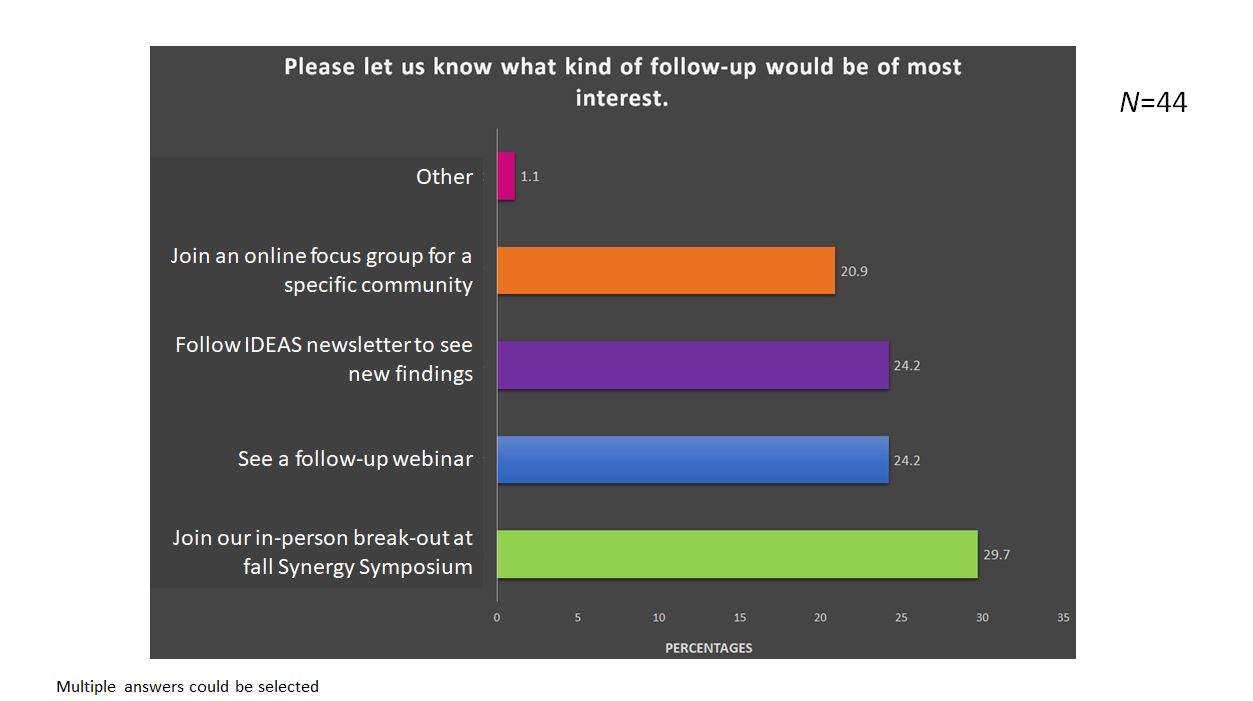
I. Equity and integrated data use: A national perspective 
II. Neighborhood risk and child resilience: Baseline maps for Miami-Dade
III. What factors might shape unexpected outcomes? Interdisciplinary perspectives
IV. Implications for programs, policies, and research

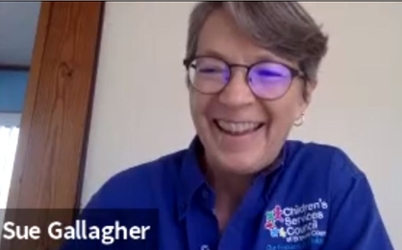
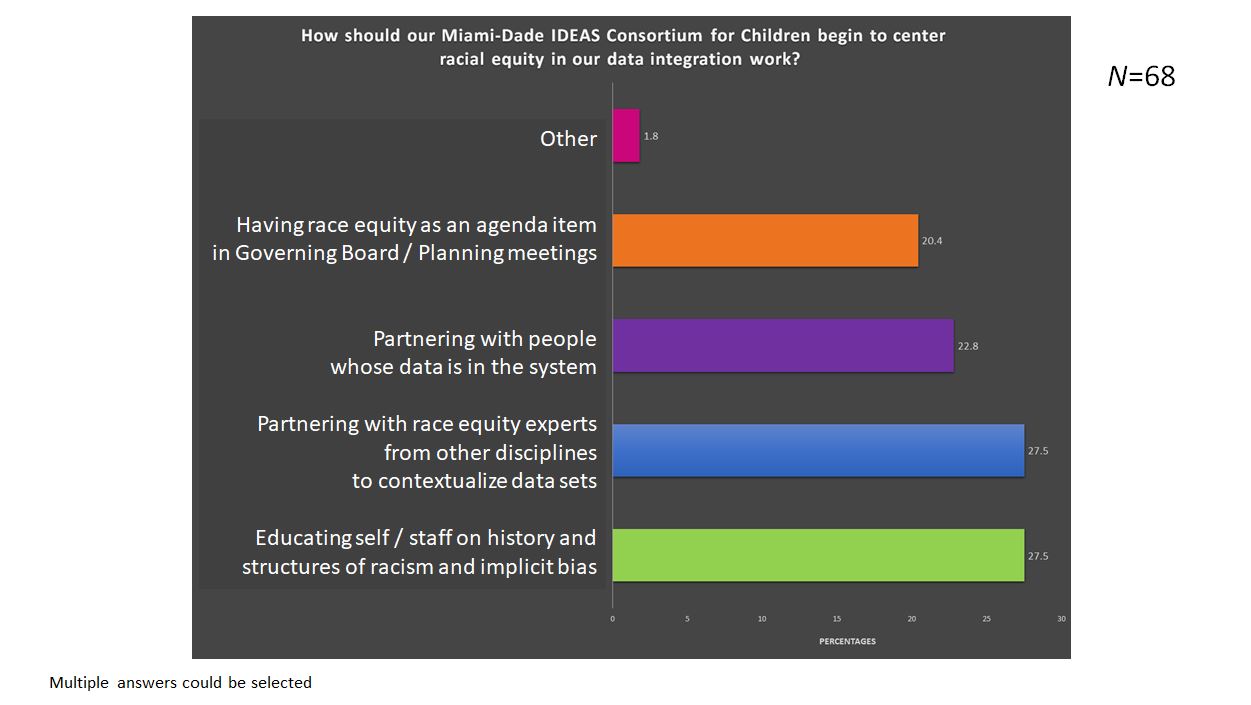
I. Equity and integrated data use: A national perspective
II. Neighborhood risk and child resilience: Baseline maps for Miami-Dade 
III. What factors might shape unexpected outcomes? Interdisciplinary perspectives
IV. Implications for programs, policies, and research

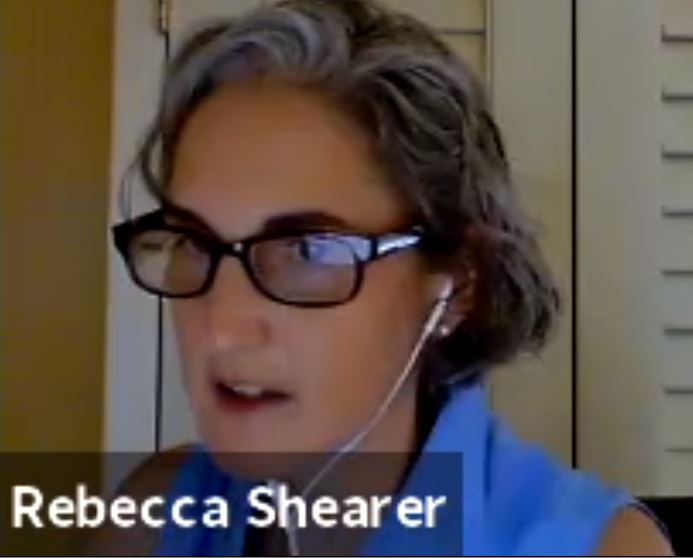
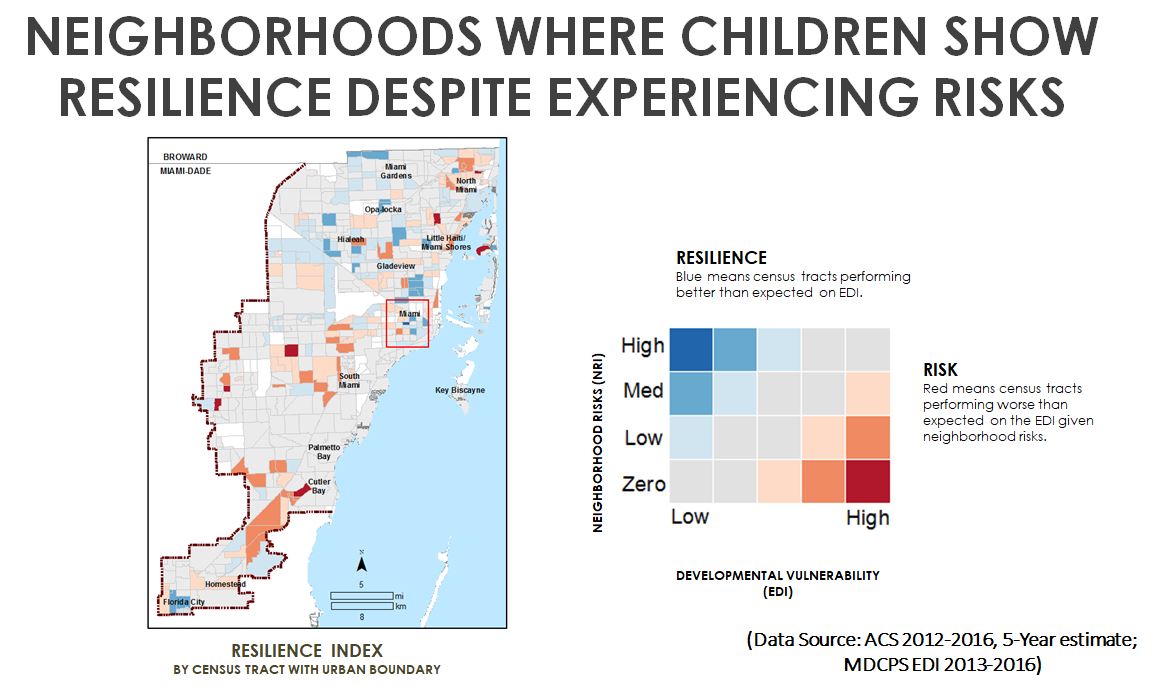
I. Equity and integrated data use: A national perspective
II. Neighborhood risk and child resilience: Baseline maps for Miami-Dade
III. What factors might shape unexpected outcomes? Interdisciplinary perspectives 
IV. Implications for programs, policies, and research





I. Equity and integrated data use: A national perspective
II. Neighborhood risk and child resilience: Baseline maps for Miami-Dade
III. What factors might shape unexpected outcomes? Interdisciplinary perspectives
IV. Implications for programs, policies, and research 
